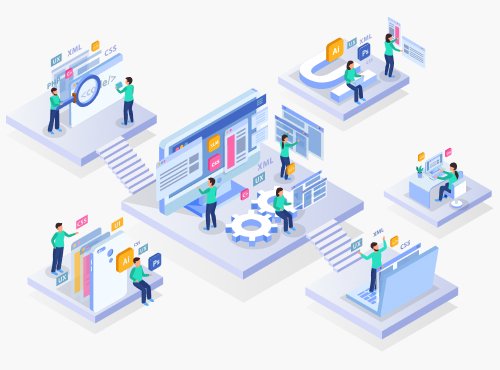Demystifying APIs: A Beginner’s Guide to Understanding Application Programming Interfaces
For beginners stepping into the realm of technology, Application Programming Interfaces (APIs) serve as the gateway to a world of interconnected applications, enabling seamless communication and functionality. Here’s a comprehensive beginner’s guide to understanding APIs and their significance in the digital landscape.
1. What is an API?
a. Definition:
An API, short for Application Programming Interface, is a set of rules and protocols that allows different software applications to communicate and interact with each other.
b. Functionality:
It acts as an intermediary, allowing one application to access and utilize the functionalities or data of another application or service.
2. How do APIs Work?
a. Requests and Responses:
An API works by receiving requests from one application (client) and sending back responses with the requested data or functionality from another application (server).
b. Standardized Communication:
APIs use standardized formats such as JSON or XML to ensure compatibility and consistency in data exchange.
3. Types of APIs:
a. Web APIs:
These APIs facilitate communication over the internet, allowing access to web-based services or data. Examples include social media APIs (Twitter, Facebook), Google Maps API, and payment gateway APIs.
b. Operating System APIs:
These APIs provide access to the functionalities of an operating system, allowing developers to interact with system resources like file systems, memory, etc.
4. How are APIs Used?
a. Integration:
APIs enable integration between different software systems, allowing them to work together seamlessly. For instance, integrating a payment gateway into an e-commerce website.
b. Development:
Developers utilize APIs to add functionalities or data from third-party services into their applications without having to build them from scratch.
5. Benefits of APIs:
a. Rapid Development:
APIs accelerate development by providing ready-made functionalities, saving time and effort.
b. Interoperability:
They enhance interoperability, allowing diverse systems to work together and share data efficiently.
6. Conclusion:
Understanding APIs is pivotal for anyone venturing into the world of technology. APIs serve as the building blocks that enable developers to create innovative applications, foster seamless connectivity between systems, and drive digital transformation across industries.
In essence, APIs are the catalysts for technological innovation, enabling applications to collaborate, share data, and deliver enhanced user experiences.



